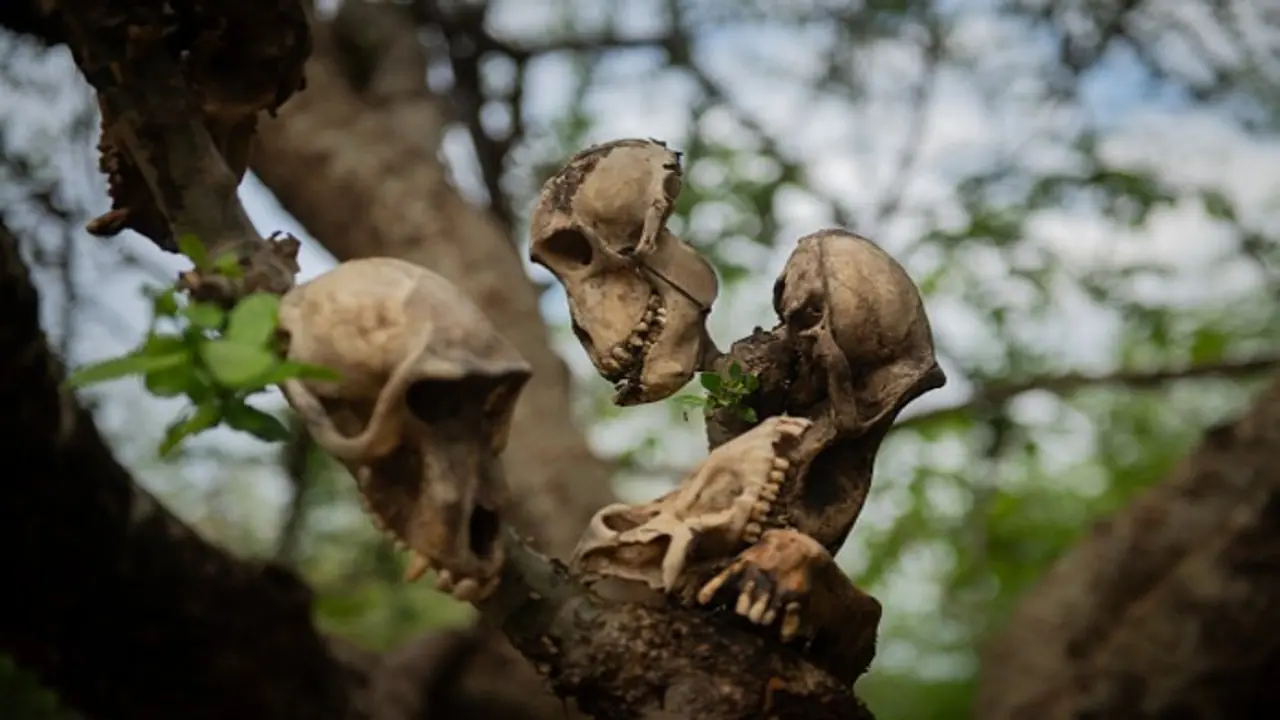Researchers have unveiled the face of a long-lost human ancestor, the Denisovans, using the famed Harbin skull—an extraordinary fossil that remained hidden for decades.

Researchers have unveiled the face of a long-lost human ancestor, the Denisovans, using the famed Harbin skull—an extraordinary fossil that remained hidden for decades. This reconstruction not only offers a glimpse into the past but also underscores the Denisovans' significant role in shaping human evolution.
The Harbin skull, often called the "Dragon Man," is a 150,000-year-old, near-complete human skull unearthed in China in 1933. This relic of the ancient world remained concealed inside a well for over 80 years, safeguarded by a worker who feared its discovery might lead to confiscation. The fossil resurfaced in 2018 when the worker's grandson revealed its location shortly before his death.
Paleoartist John Gurche, renowned for his lifelike reconstructions of ancient species, led the charge in recreating the Denisovan visage. Using a plastic replica of the Harbin skull, commissioned by National Geographic, Gurche meticulously pieced together the features of this enigmatic ancestor.
“I strive to get as close as possible to ‘looking into the eyes of these extinct species,’” Gurche shared with National Geographic.
Employing advanced anatomical techniques, Gurche estimated the Denisovan’s eye size based on shared ratios between African apes and modern humans. He further examined the skull’s bone structure to deduce the shape and prominence of the nose. By layering muscles over chewing markings etched on the skull, he achieved a vivid and scientifically grounded portrait of the Denisovan face.
Denisovans, who roamed the Earth between 200,000 and 25,000 years ago, were first identified in 2010 through DNA analysis of a 60,000-year-old finger bone found in Siberia's Denisova Cave. Fossils and genetic traces suggest they lived primarily on the Tibetan Plateau but traveled extensively, leaving their mark from Southeast Asia to Oceania.
DNA evidence reveals that Denisovans interbred with early Homo sapiens, particularly influencing populations in Papua New Guinea. This genetic mingling likely equipped Homo sapiens with adaptations to thrive in diverse environments, cementing Denisovans' role in humanity's evolutionary success.
Solving ancient mysteries
Despite extensive research, Denisovans remain a puzzle, with their fossil record far sparser than that of Neanderthals. However, the Harbin skull provides a rare, nearly complete look at this mysterious species.
The skull’s lineage, though debated, strongly aligns with Denisovans based on its similarity to a jawbone discovered in Tibet’s Xiahe Cave in 1980. While the jawbone lacked DNA, protein analysis in 2016 confirmed its Denisovan origin.
(Image used for representational purposes. Source: Gettyimages)
